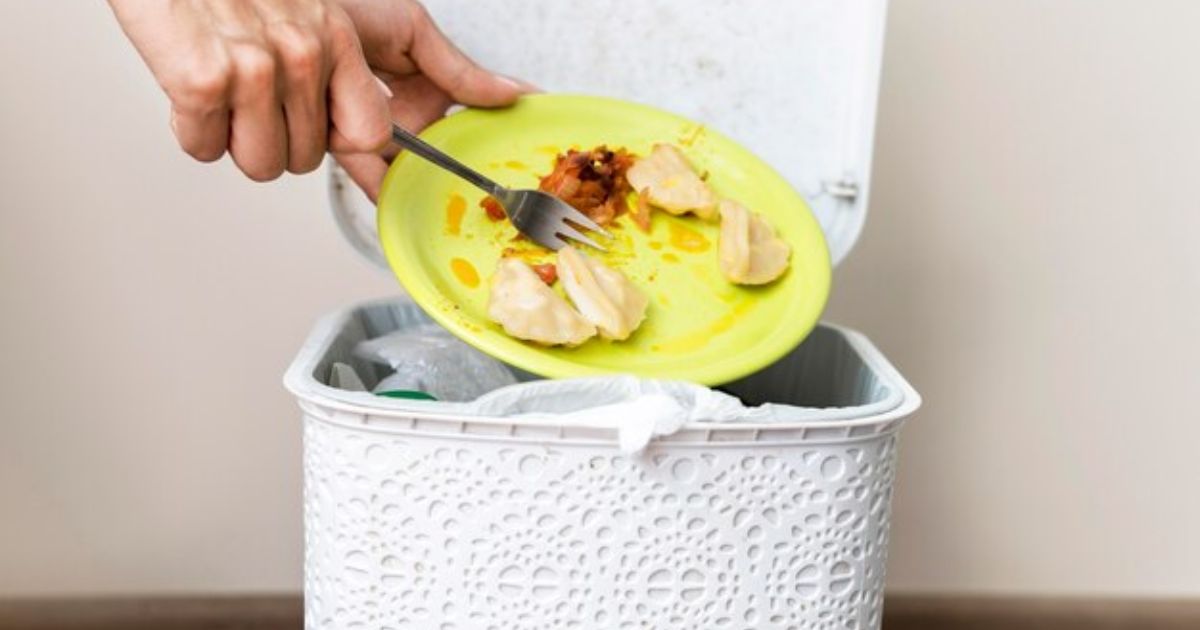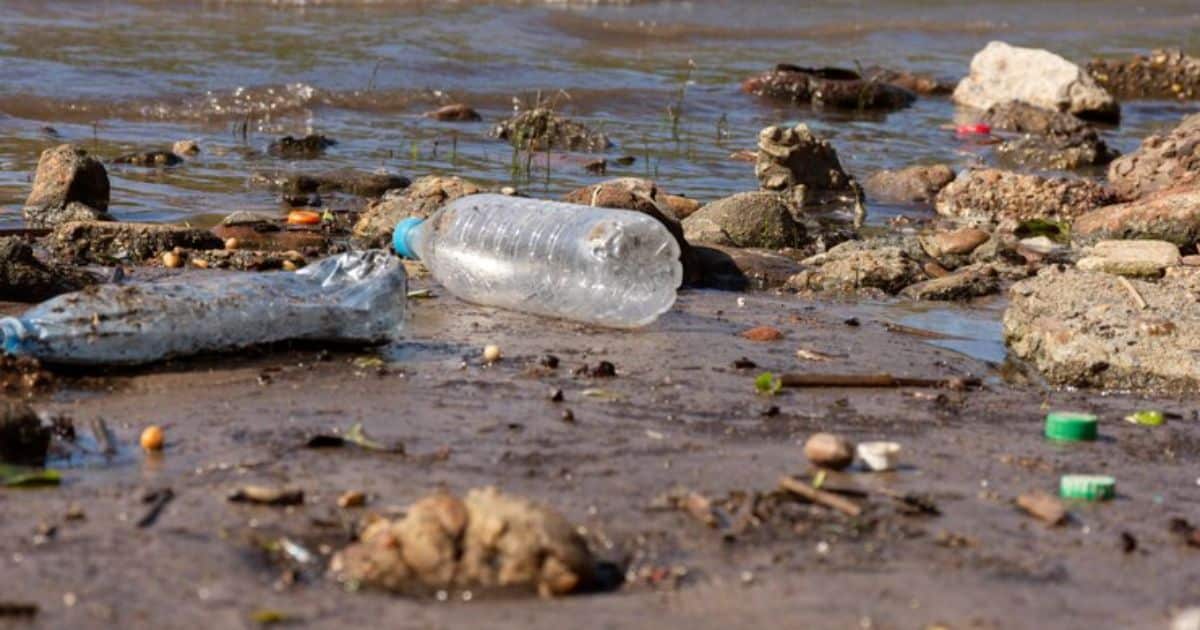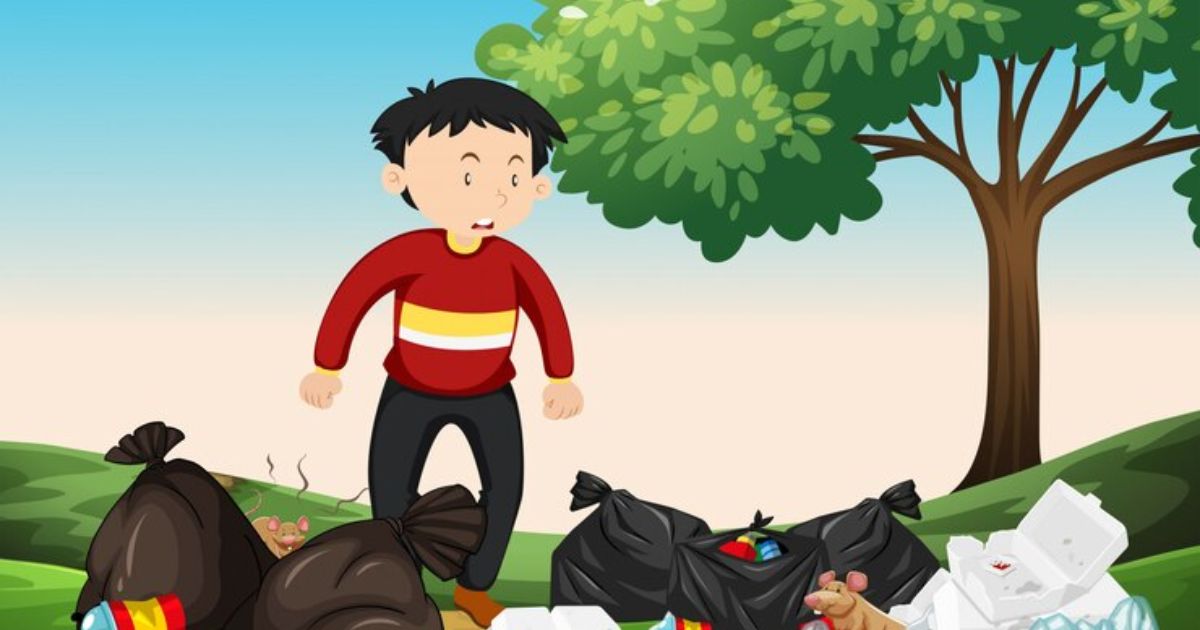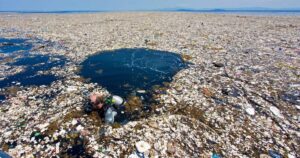Did you know that worn-out soft-close trash can lids can lead to an increased risk of accidents and can be a source of frustration for homeowners? In this article, we will explore the importance of maintaining a functional trash can lid and provide practical tips on how to fix a soft-close trash can lid. By following these simple steps, you can ensure a safe and hassle-free waste disposal experience, contributing to a clean and organized living space.
Key Takeaways
- Maintaining a functional trash can lid is important for preventing accidents and frustrations.
- A functional trash can lid ensures a safe and organized waste disposal experience.
- Practical tips on fixing a soft-close trash can lid can help maintain its functionality.
- Fixing the trash can lid contributes to a clean and aesthetically appealing living space.
The Environmental Impact of Littering
The environmental impact of littering is a significant concern that requires immediate attention and action. Littering not only tarnishes the aesthetic appeal of our surroundings but also has far-reaching consequences for our ecosystem.
When waste is carelessly discarded, it can find its way into our waterways, posing risks to aquatic life and compromising the quality of our drinking water. Litter can disrupt the natural habitats of animals, leading to the decline of certain species and disrupting the delicate balance of our ecosystems.
The presence of litter in our communities can have negative effects on our mental well-being, creating a sense of disconnection and disarray. It is crucial for us to address this issue collectively, taking responsibility for our actions and working towards creating a cleaner and more sustainable environment that we can all take pride in.
Harmful Effects on Wildlife
Numerous studies have documented the detrimental impact of litter on wildlife populations. The harmful effects on wildlife are far-reaching and concerning. Here are three ways in which litter negatively affects wildlife:
- Entanglement: Discarded items like plastic bags, fishing nets, and six-pack rings can entangle animals, leading to injuries, suffocation, or even death. Marine animals, such as sea turtles and seabirds, are particularly vulnerable to entanglement.
- Ingestion: Wildlife often mistake litter, especially plastic debris, for food. Ingesting litter can cause internal injuries, blockages, or poisoning. This can result in malnutrition, reduced reproductive success, and ultimately, death. Marine animals, such as whales and dolphins, are known to ingest plastic waste.
- Habitat destruction: Litter can degrade and destroy natural habitats, disrupting ecosystems and displacing wildlife. For example, discarded materials like glass or metal can create hazards for animals by altering their environment or causing physical harm.
It is crucial to address these harmful effects on wildlife by promoting responsible waste management and reducing litter in our environment. By doing so, we can protect and preserve the biodiversity that surrounds us.
Litter’s Contribution to Pollution
Litter’s contribution to pollution is significant and requires immediate attention and action. The careless disposal of waste products such as plastic bottles, food packaging, and cigarette butts has severe consequences for our environment and the well-being of our communities.
Not only does litter create an unsightly and uninviting landscape, but it also poses serious threats to wildlife, waterways, and public health. Plastic litter, in particular, is a major concern as it takes hundreds of years to break down, causing long-lasting harm to ecosystems.
Litter can clog storm drains, leading to flooding and contamination of our water sources. To combat this issue, we must foster a sense of belonging and responsibility within our communities, promoting proper waste disposal and implementing stricter penalties for littering. By taking immediate action, we can reduce litter’s impact on pollution and create a cleaner, healthier environment for all.
The Cost of Littering
Littering carries significant financial implications, which can have a detrimental impact on both local communities and government budgets. The cost of littering goes beyond the environmental consequences and extends to economic burdens that affect everyone. Here are three ways littering can incur financial costs:
- Cleanup expenses: Local governments spend millions of dollars annually to clean up littered areas, diverting funds that could have been used for essential community services.
- Property value decline: Littered neighborhoods often experience decreased property values, causing homeowners to suffer financial losses when they try to sell their homes.
- Tourism and business impact: Littered areas deter tourists and potential investors, leading to a decline in local businesses and job opportunities.
To create a sense of belonging and foster a thriving community, it is crucial for individuals to understand the financial implications of littering and take responsibility for keeping our surroundings clean.
Solutions to Prevent Littering
Effective measures can be implemented to minimize the occurrence of litter, ensuring cleaner and more environmentally friendly surroundings for all. By raising awareness and promoting responsible behavior, individuals can play a significant role in preventing littering. Educating the public about the harmful effects of litter and the importance of proper waste disposal is crucial.
Encouraging community participation in regular clean-up initiatives fosters a sense of belonging and collective responsibility. Implementing stricter penalties and fines for littering can act as a deterrent, discouraging individuals from engaging in this harmful practice.
Furthermore, providing easily accessible and well-maintained trash bins in public spaces can discourage littering by offering convenient disposal options. Collaborating with local businesses, schools, and organizations to sponsor anti-littering campaigns can also create a sense of unity and shared commitment towards a litter-free environment.
Becoming an Environmental Steward
To truly make a difference in preserving our environment, it is essential for individuals to embrace the role of an environmental steward. By becoming environmental stewards, we can contribute to the well-being of our planet and inspire others to do the same. Here are three ways to become an environmental steward:
- Educate Yourself: Stay informed about current environmental issues and learn about sustainable practices. This knowledge will empower you to make informed choices and advocate for change.
- Adopt Sustainable Habits: Incorporate eco-friendly practices into your daily routine, such as reducing waste, conserving energy and water, and supporting local and organic products. Small changes in our habits can have a significant impact on the environment.
- Inspire Others: Share your knowledge and passion for the environment with your friends, family, and community. Encourage them to adopt sustainable practices and join you in your efforts to protect our planet.
Increasing Public Disposal Bins
One effective solution to address inadequate disposal options is to increase the number of public disposal bins. By increasing the availability of these bins in public spaces, we can create a sense of belonging and encourage responsible waste management.
Having more disposal bins not only provides convenience for individuals but also promotes a cleaner and more sustainable environment for everyone. It sends a message that we value cleanliness and take pride in our surroundings.
Increasing the number of public disposal bins fosters a sense of community ownership, as it encourages people to take responsibility for their waste and actively participate in keeping their shared spaces clean. This simple yet impactful solution can make a significant difference in improving waste management practices and creating a more inclusive and sustainable society.
Stricter Laws and Regulations
Increasing the number of public disposal bins is just one step towards improving waste management practices; Stricter laws and regulations are also crucial in ensuring proper disposal and reducing environmental pollution.
While the availability of disposal bins encourages individuals to dispose of their waste properly, it is essential to have regulations in place to enforce responsible waste management. Stricter laws and regulations can help address the following key issues:
- Illegal dumping: Implementing stricter penalties for illegal dumping can deter individuals from disposing of their waste in unauthorized areas, such as vacant lots or natural habitats.
- Recycling requirements: Enforcing regulations that mandate the proper separation and recycling of waste materials can help divert a significant amount of waste from landfills and promote sustainable practices.
- E-waste management: Introducing laws that require the proper disposal and recycling of electronic waste can prevent harmful chemicals from contaminating the environment and protect human health.
FAQ’s
How Can I Fix a Soft Close Trash Can Lid That Is Not Closing Properly?
To address the issue of soft-close trash can lids that are not closing properly, it is important to first identify the potential causes such as hinge misalignment or obstructions. Once identified, appropriate adjustments or removal of obstructions can be made to restore proper functionality.
What Are Some Common Reasons for a Soft Close Trash Can Lid to Malfunction?
Soft-close trash can lids may malfunction due to worn-out hinges, damaged springs, or debris obstructing the closing mechanism. Identifying and addressing these common issues will ensure a smoothly functioning lid, preserving the convenience and efficiency of waste disposal.
Are There Any Specific Tools or Materials Needed to Fix a Soft Close Trash Can Lid?
Specific tools and materials needed to fix a soft close trash can lid include a screwdriver, replacement hinges or springs, and lubricant. It is important to carefully follow the manufacturer’s instructions and ensure proper installation for optimal functionality.
Can I Replace a Soft Close Mechanism on a Trash Can Lid, or Do I Need to Buy a New Lid Altogether?
Replacing a soft close mechanism on a trash compactor lid is possible, but it may be more cost-effective to purchase a new lid altogether, especially when dealing with specific considerations like the age of the lid and the availability of replacement parts for trash compactors.
Are There Any Troubleshooting Tips for Fixing a Soft Close Trash Can Lid Before Seeking Professional Help?
Before seeking professional help for a soft close trash can lid, it is advisable to try troubleshooting tips. This can include checking for any obstructions or loose parts, ensuring proper alignment, and lubricating the mechanism if necessary.
Conclusion
In conclusion, it is clear that littering has significant environmental and financial consequences. To combat this issue, we must all become environmental stewards and adopt sustainable practices.
Increasing the number of public disposal bins and enforcing stricter laws and regulations can also help prevent littering. As the saying goes, “Take only memories, leave only footprints,” let us make a conscious effort to protect our environment and leave a positive impact on future generations.











